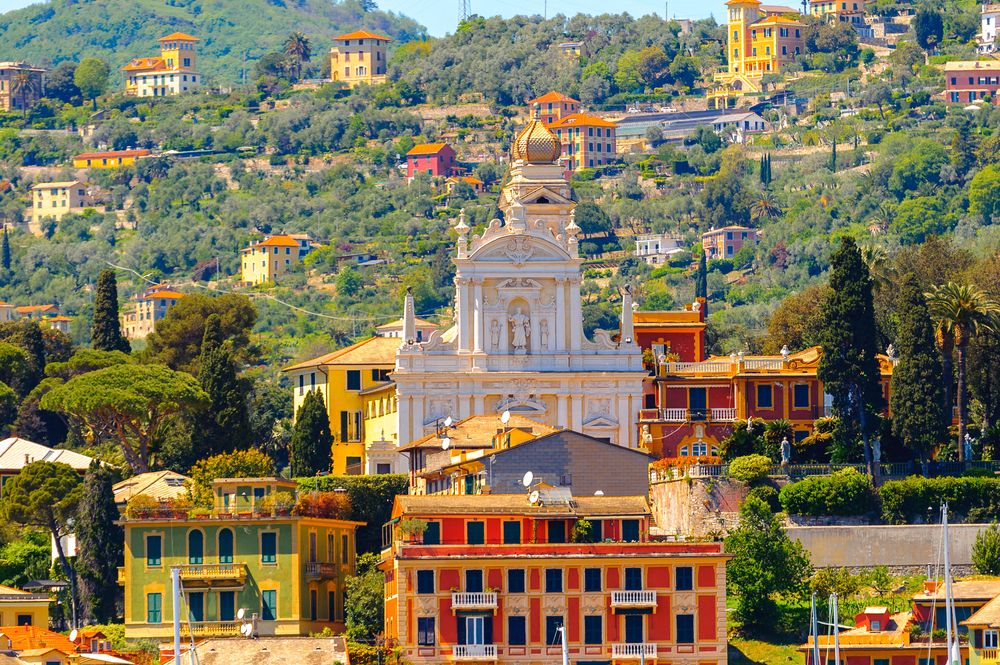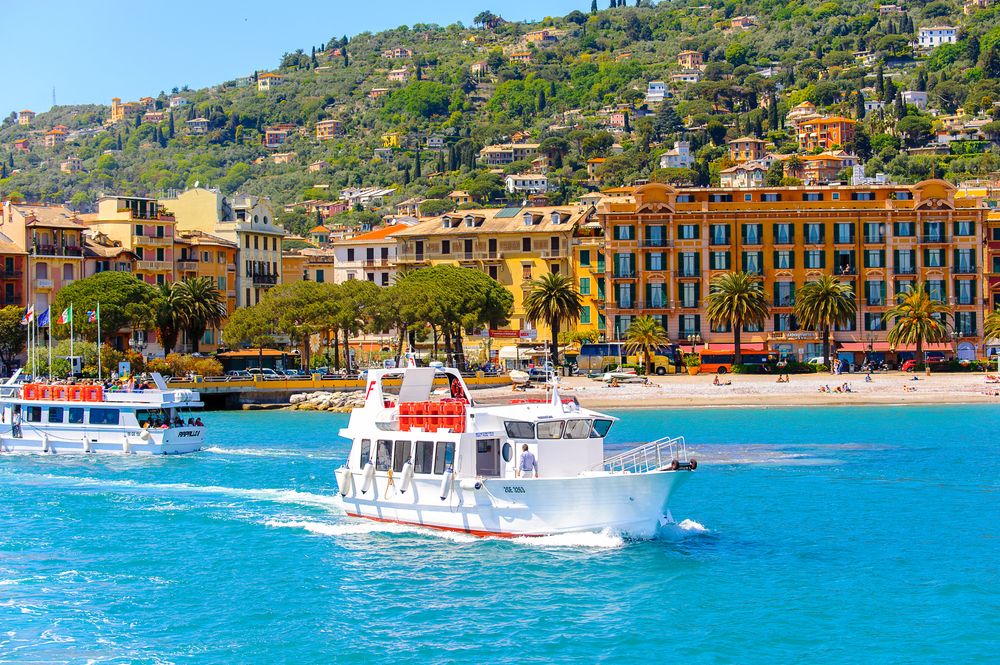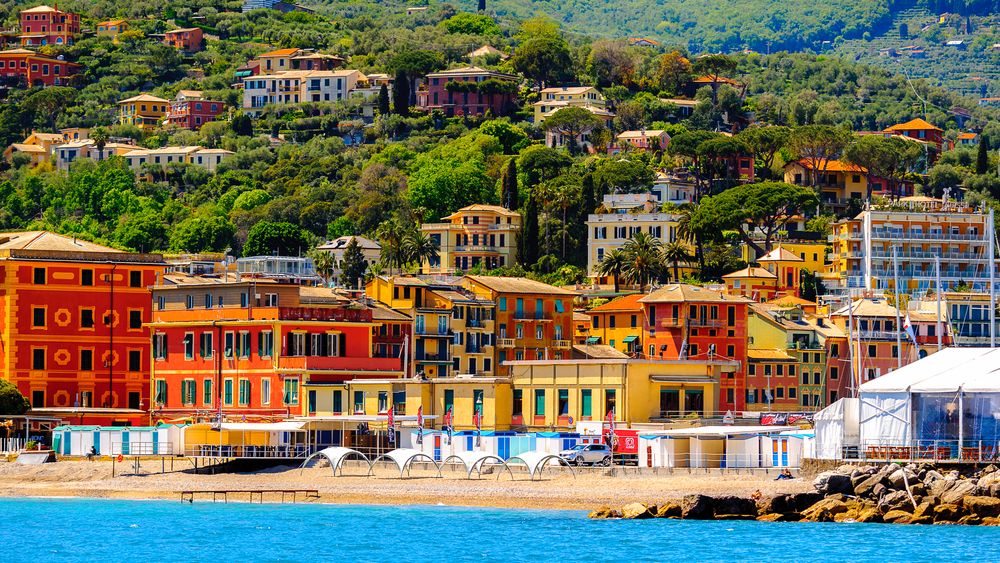Santa Margherita Ligure sparkles like a jewel on the Italian Riviera in Liguria. The town’s story stretches all the way back to ancient Roman times, full of conquests and rebuilding—so much history packed into this little coastal spot. Locals and visitors alike call it the “Pearl of Tigullio,” and honestly, with its mix of rich heritage and jaw-dropping scenery, it’s not hard to see why people keep coming back.
If you stroll through Santa Margherita today, you’ll spot traces of the past everywhere. The Castello di Santa Margherita Ligure, for example, has stood since 1550, built to fend off pirates. The Basilica of St. Margaret of Antiochia started out in the 13th century. Later, folks rebuilt it in the baroque style, which is what you’ll see now.
Find available hotels and vacation homes instantly. No fees, best rates guaranteed!
Check Availability Now
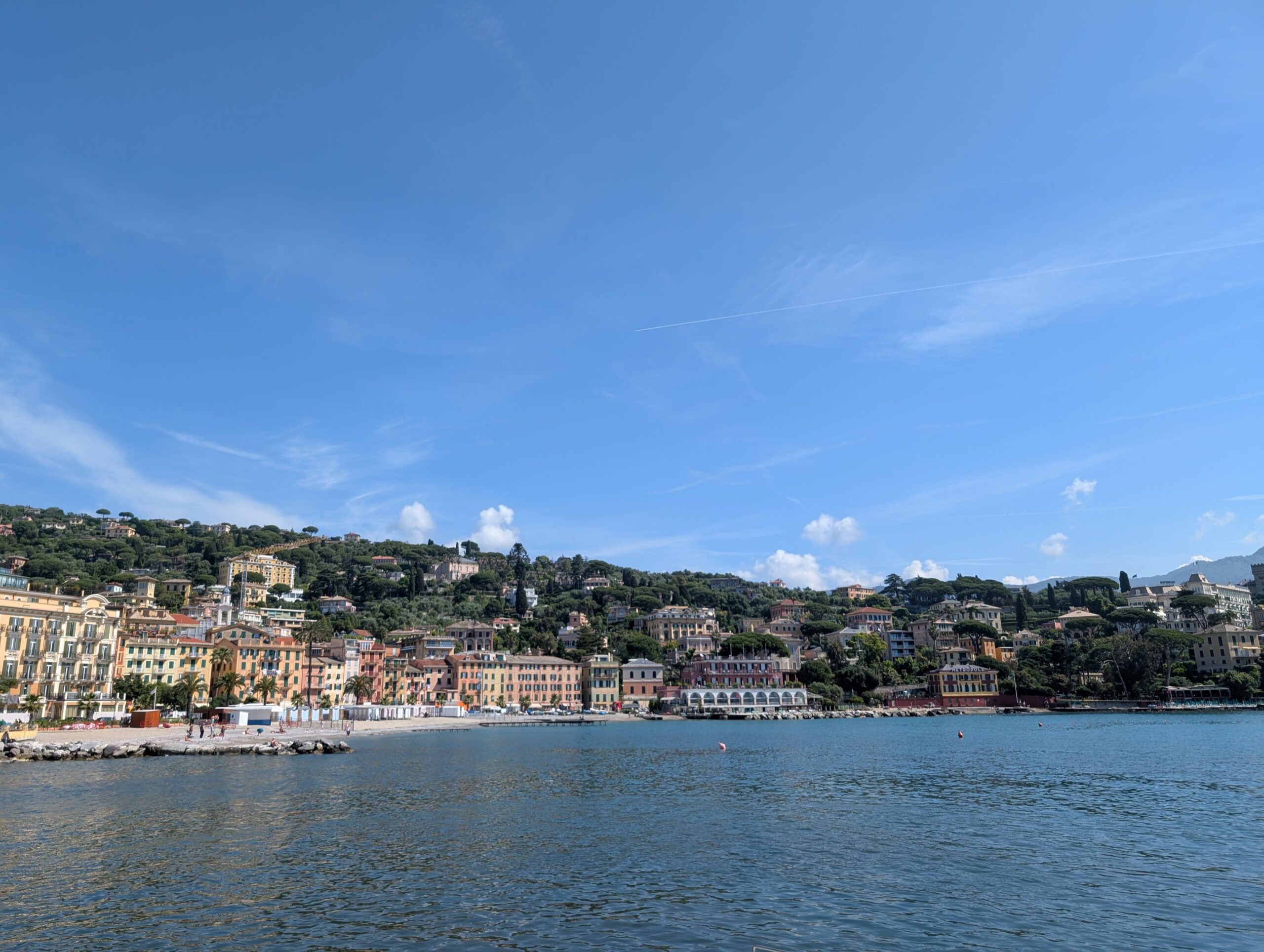
These days, Santa Margherita Ligure manages to be both a working fishing village and a tourist magnet. Some of its territory even sits inside the Regional Natural Park of Portofino, so you get a dash of wild beauty with your history. Thanks to its sheltered bay, the town has grown into one of Liguria’s most loved destinations, all while keeping its genuine Italian vibe.
Origins and Early Settlement
Santa Margherita Ligure’s roots go back thousands of years. Early settlers definitely noticed the natural harbor and its safe, tucked-away position along the coast.
Roman Influence
The Romans saw the strategic value in this stretch of Ligurian coastline. They set up a small settlement here as they pushed along the Mediterranean. Archaeologists have found coins, pottery shards, and old building foundations from the 1st century BCE—clear signs the Romans left their mark.
Romans used the settlement as a minor port and fishing base. They built roads that linked it to bigger hubs like Genua (modern Genoa). The bay protected ships and gave easy access to the sea’s bounty.
No one seems to know exactly what the Romans called this place, but it belonged to the larger Roman region of Liguria.
The Fieschi Family Era
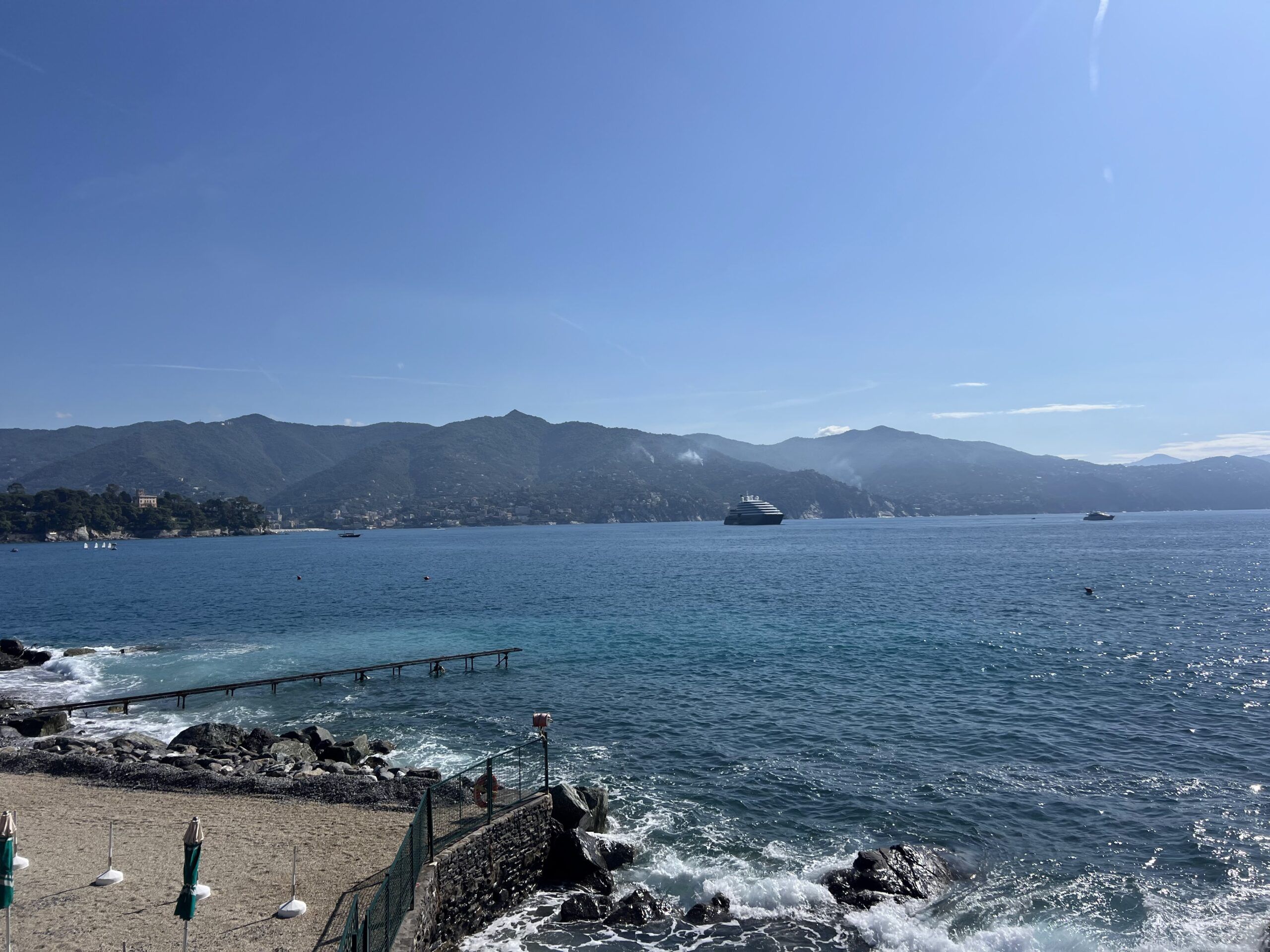
Jump to the 12th and 13th centuries, and the powerful Fieschi family had taken charge. This noble Genoese clan really shaped the area.
The Fieschi put up defensive structures and stamped their authority across Tigullio, including what would later become Santa Margherita Ligure. They built watchtowers along the coast to keep an eye out for pirates.
Under the Fieschi, the settlement branched out from just fishing—agriculture and trade picked up. People planted olive groves and vineyards on the hills.
Eventually, in the 14th century, the Republic of Genoa swept in and the Fieschi influence faded.
Medieval Beginnings
During the Middle Ages, three little villages made up the area: Pescino (right by the water), San Giacomo (a bit inland), and San Lorenzo della Costa (up in the hills).
Pescino grew around the harbor, with simple homes for fishing families. Locals built small boats and traded with other coastal towns.
Churches quickly became the heart of these communities. The first church dedicated to Santa Margherita d’Antiochia got its start in the 13th century.
Life here stayed pretty simple—people fished, farmed, and did a bit of trading. Olive oil, wine, and fish were the main goods exchanged with neighbors along the Tigullio Gulf.
If you wander through the older parts of Santa Margherita, you’ll still see medieval stone buildings and those narrow, twisting alleyways.
Santa Margherita Ligure Under the Republic of Genoa
When the Republic of Genoa took over, Santa Margherita Ligure’s story took another turn. The town became a key spot for coastal defense, and the Genoese left behind some pretty impressive fortifications.
Defensive Structures and Castles
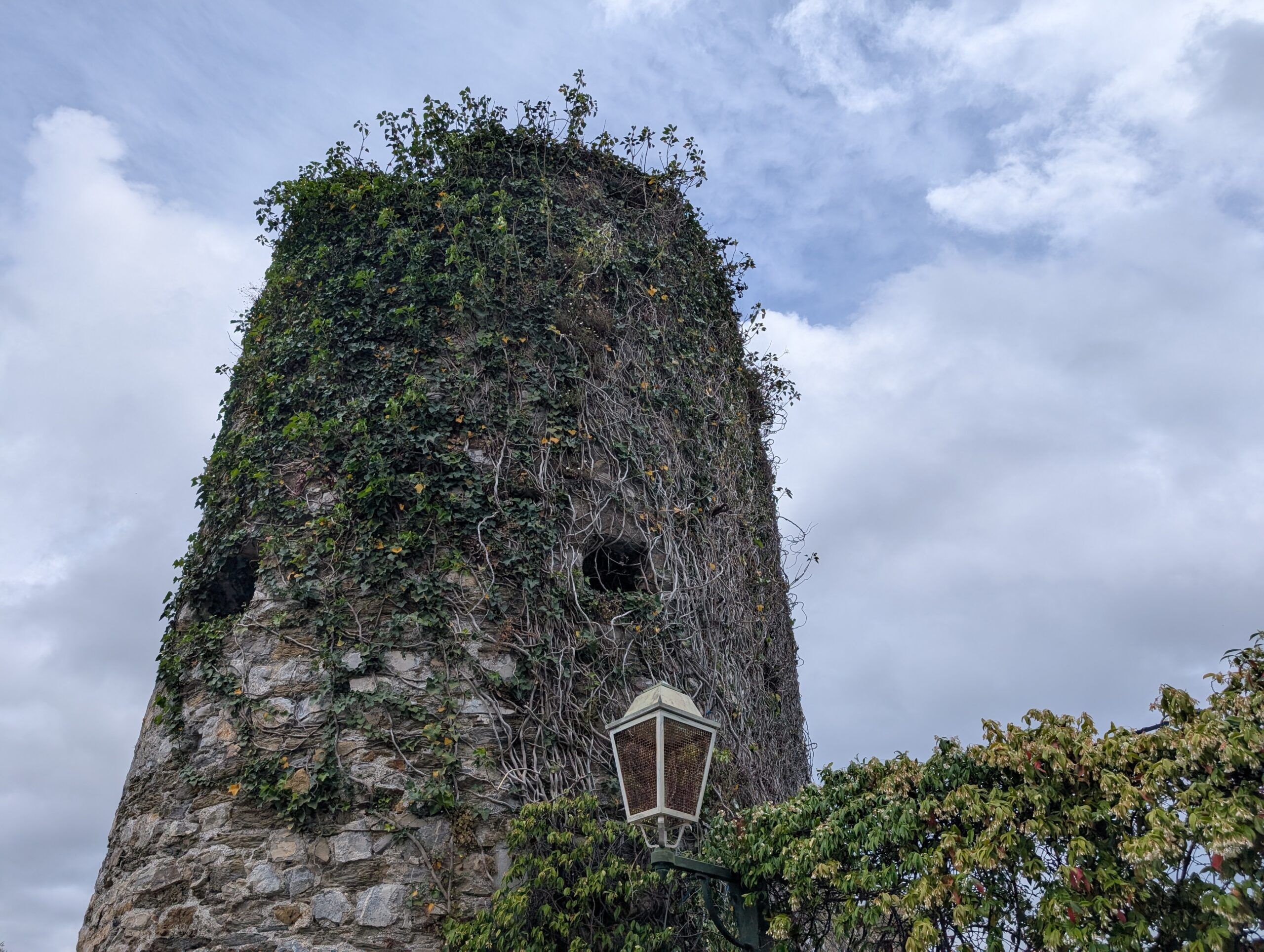
The Castello di Santa Margherita Ligure is the star among the town’s defenses. The Genoese built it in 1550, turning it into a crucial lookout over the Ligurian coast. Guards could spot ships from miles away, thanks to its strategic perch above the harbor.
The castle’s thick stone walls and classic 16th-century military design made it tough for invaders. The Republic of Genoa poured resources into coastal defenses all along Liguria, creating a network of warning systems.
You can still visit parts of the castle today. Restoration teams have worked hard to keep it in good shape.
North African Pirate Attacks
Santa Margherita Ligure had to deal with constant raids from North African pirates, known as Barbary corsairs. These pirates hit coastal settlements, grabbing valuables and capturing locals for ransom or slavery.
The 16th and 17th centuries were especially rough. Records tell of raids that left buildings damaged and families torn apart.
Because of these threats, the Genoese built even more watchtowers up and down the coast. The castle became the go-to refuge during attacks. When warning signals sounded, everyone rushed inside its walls and waited for the danger to pass.
Daily life revolved around these threats. Fishermen and traders learned to time their activities to avoid the worst periods.
Napoleonic and Sardinian Rule
The early 1800s brought big changes to Santa Margherita Ligure. Napoleon’s troops and, later, the Kingdom of Sardinia, reshaped the town’s identity, infrastructure, and political ties.
Napoleonic Domination
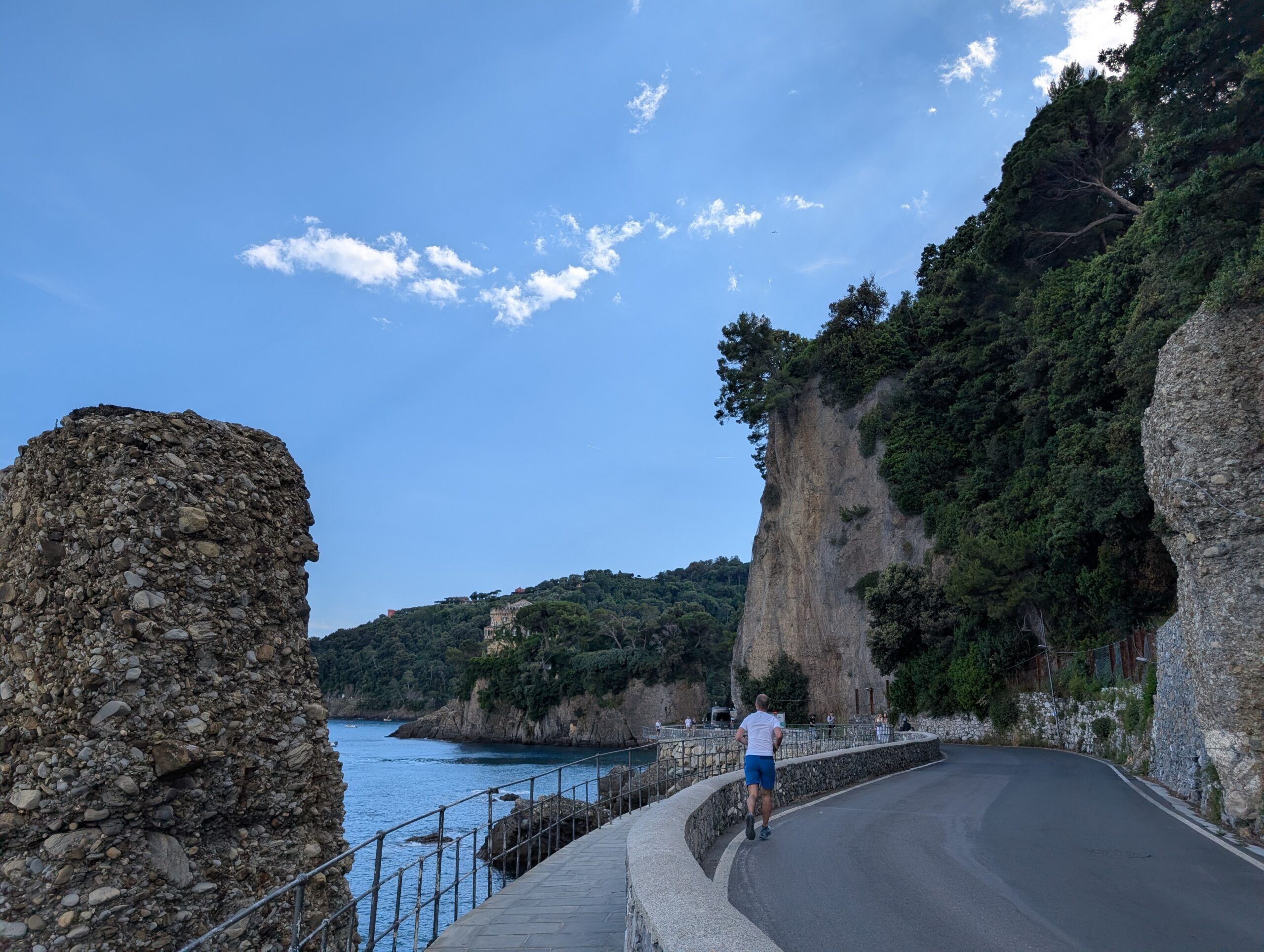
Napoleon’s arrival marked a new chapter. The town even got a new name—”Port Napoléon”—for a while. He merged the villages of San Giacomo and Santa Margherita into a single community.
One of Napoleon’s lasting legacies was the coastal road linking the town to Portofino. That road made travel and communication along the Ligurian coast so much easier and set the stage for future growth.
French rule didn’t just mean new roads and names. Napoleon’s administration brought in new structures and modernized local government in ways that stuck around long after the French left.
The Kingdom of Sardinia Era
Once Napoleon fell, the Kingdom of Sardinia took over in the early 19th century. Things settled down, and Santa Margherita Ligure became part of the wider Sardinian state.
The local economy started to branch out. Fishing stayed important, but trade picked up, and early tourism began as wealthy travelers discovered the Ligurian coast’s charms.
The Kingdom of Sardinia invested in the port, boosting both business and fishing. These upgrades helped Santa Margherita Ligure grow from a simple fishing village into a more prominent coastal town.
This period laid the groundwork for what would come next, as Italy moved toward unification.
Modern Transformation and the Kingdom of Italy
After Italy unified in 1861, Santa Margherita Ligure changed fast. The town shifted from a small fishing village to a tourist hotspot, all while dealing with the ups and downs of modernization and war.
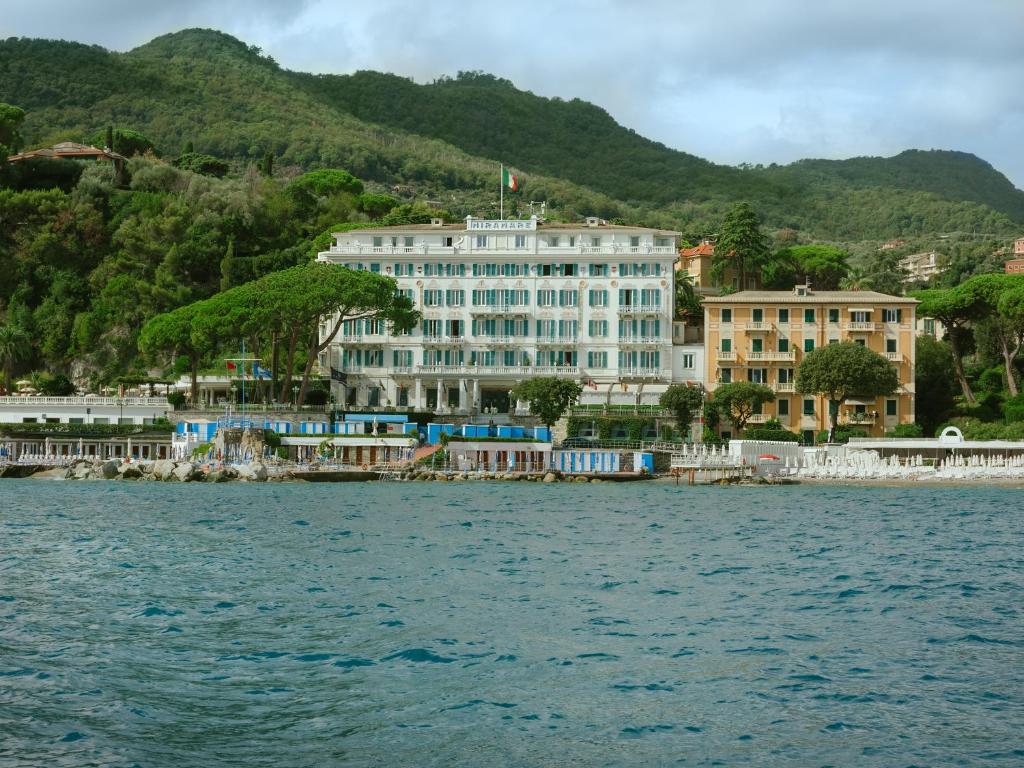
Infrastructure and Urban Development
Joining the Kingdom of Italy kicked off a growth spurt. The local government put money into new projects that reshaped the town.
The harbor got a major facelift to support fishing and the booming tourism scene. Elegant hotels and vacation villas lined the coast, luring wealthy visitors from northern Italy and beyond.
From seaside villas to charming hotels, find your perfect Mediterranean retreat with breathtaking Ligurian Sea views.
Browse Accommodations Now
Better roads and, eventually, railway connections made it much easier for travelers to reach Santa Margherita. That boosted the local economy in a big way.
Public gardens and seaside promenades popped up, adding to the town’s charm. Many of those colorful buildings with trompe l’oeil decorations date back to this era, either built new or given a fresh look.
World War II Events
World War II hit Santa Margherita Ligure hard. The town’s coastal position made it a target.
German troops rolled in after Italy’s armistice with the Allies in 1943. Residents faced food shortages, strict controls, and the ever-present threat of air raids.
Bombs damaged several buildings, especially around the harbor and military spots. The Castello di Santa Margherita Ligure became a defensive post for the occupiers.
Locals didn’t just sit and wait. Some joined the Italian resistance, helping Allied soldiers and escaped prisoners, even though it put them in real danger.
Liberation finally came in April 1945. After the war, Santa Margherita Ligure rebuilt and slowly returned to its peaceful, welcoming self.
Architectural and Cultural Heritage
Santa Margherita Ligure’s historical buildings tell its story in stone and color. The town’s architecture mixes influences from different eras—religious sites, grand villas, and old fortifications all dot the landscape.
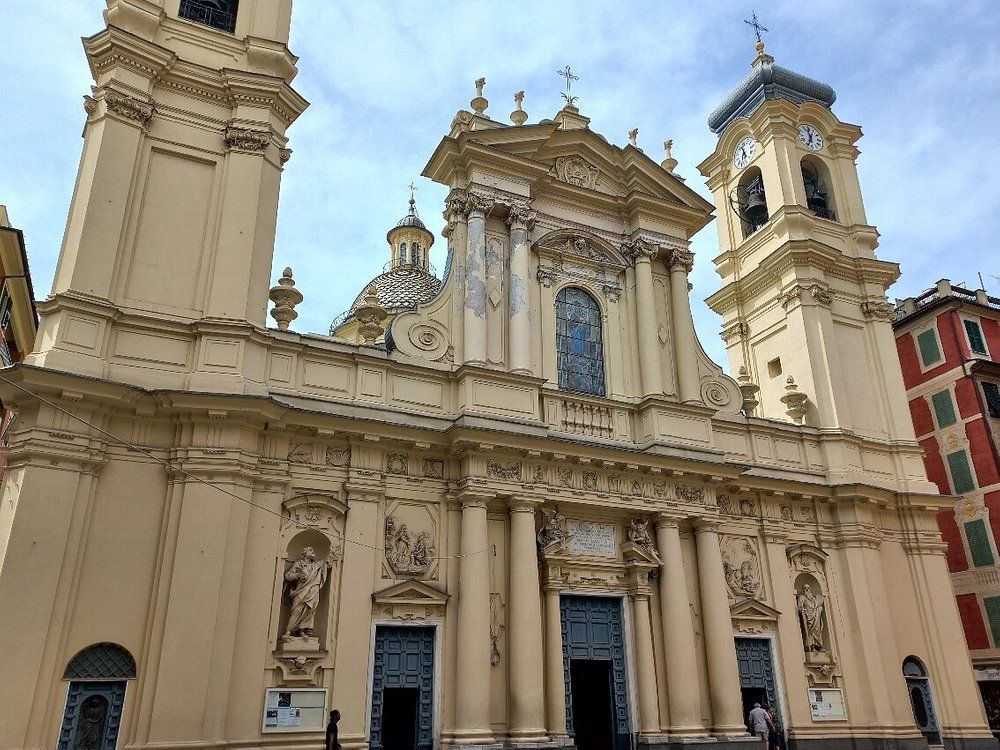
Basilica di Santa Margherita
The Basilica di Santa Margherita (or Basilica of St. Margaret of Antiochia) stands out as a key religious landmark. Built on the ruins of a 13th-century church, its baroque façade and bell tower are visible from all over town.
Step inside, and you’ll find gilded stucco, impressive paintings, and ceiling frescoes showing scenes from St. Margaret’s life. Local Ligurian artists created many of the artworks.
The church is at the heart of local religious celebrations. On feast days, townsfolk carry the saint’s statue through the streets in a lively, colorful procession.
Villa Durazzo and Historic Villas
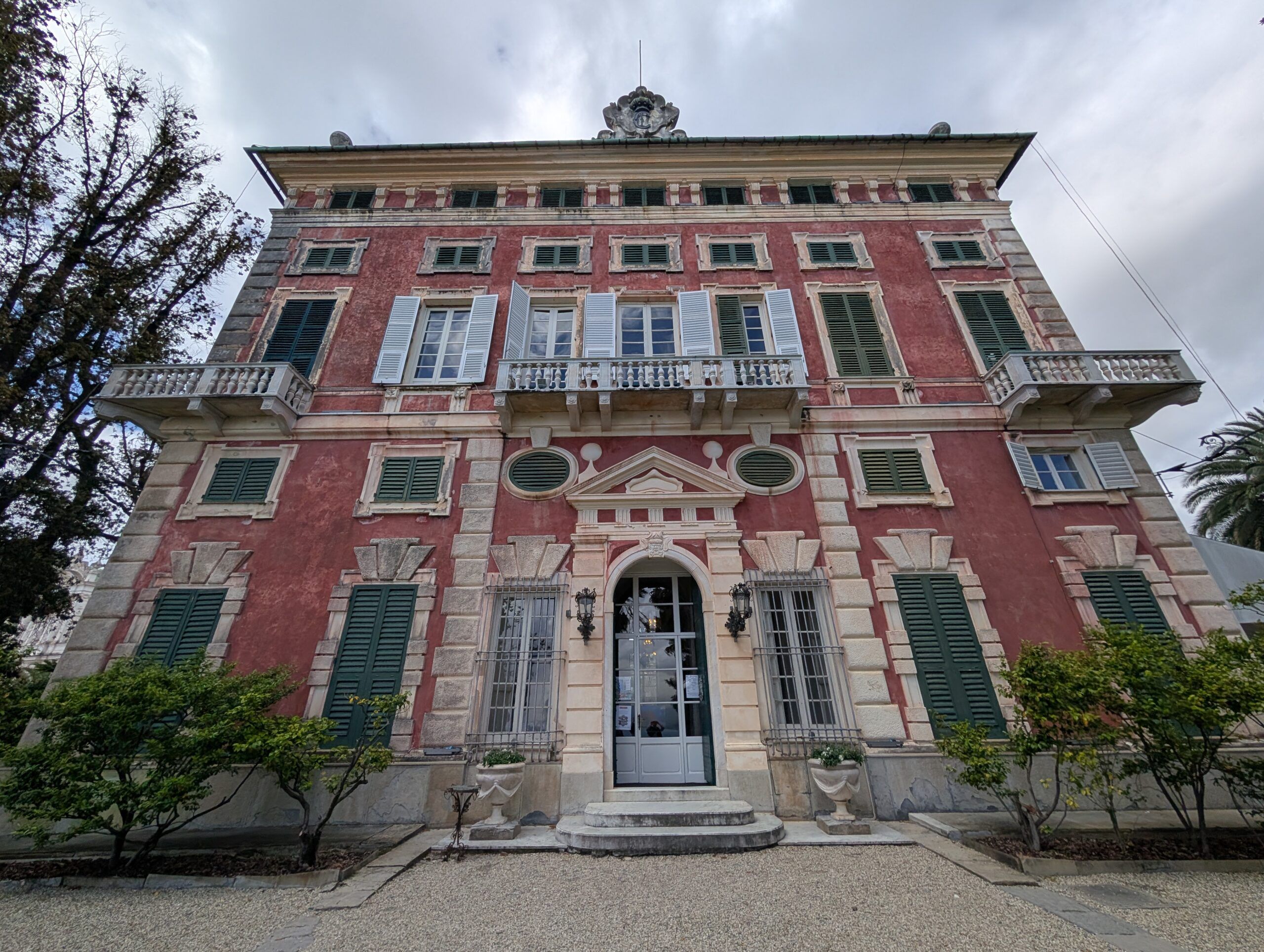
Villa Durazzo-Centurione sits above the bay, wrapped in terraced gardens. The Centurione family built it in the 17th century, and the Durazzo family later took over, adding their own touches.
Inside, you’ll find period furniture, Murano glass chandeliers, and fine paintings. The gardens are full of rare plants, marble statues, and perfect viewpoints. These days, the villa hosts cultural events, art shows, and weddings.
Other historic villas worth mentioning:
- Villa Paraggi, with its neo-gothic flair
- Villa San Giacomo, nestled among olive trees
- Villa Nido, a standout example of Liberty style
These grand homes show just how much wealth once flowed through Santa Margherita during its heyday.
Abbey of San Fruttuoso and Religious Sites
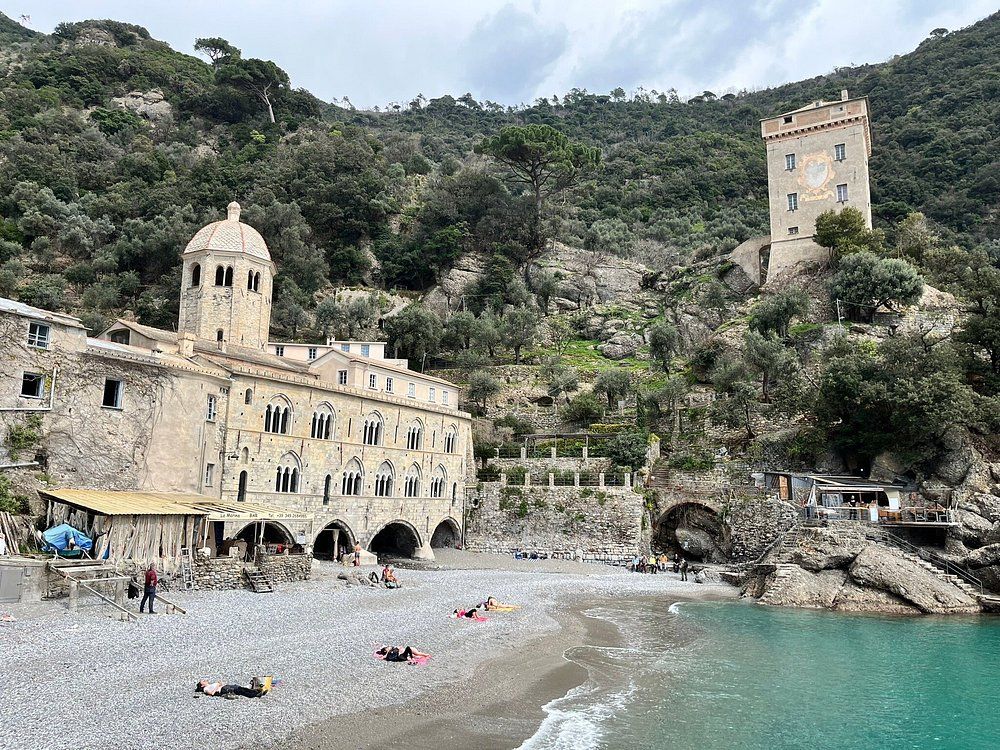
The Abbey of San Fruttuoso hides in a tiny bay between Santa Margherita and Portofino, reachable only by boat or hiking trail. It dates back to the 10th century and sits right where the sea meets the mountains.
Pirates and storms have battered the abbey over the years, but it’s still standing. Its architecture blends Romanesque and Gothic touches, with a unique arched façade facing the little beach.
Nearby, the Church of San Giacomo di Corte from the 17th century shows off beautiful baroque decoration. Its bell tower serves as a landmark visible from different parts of town.
Up the road toward Portofino, you’ll find the Abbazia della Cervara (Abbey of Cervara), founded in 1361. Its terraced gardens and sea views have attracted popes and European royalty over the centuries.
The Rise of Santa Margherita Ligure as a Tourist Destination
Santa Margherita Ligure slowly turned from a quiet fishing village into one of Liguria’s favorite vacation spots. Its gorgeous coastline and laid-back elegance have drawn generations of travelers—and honestly, who could blame them?
Emergence of the Pearl of Tigullio
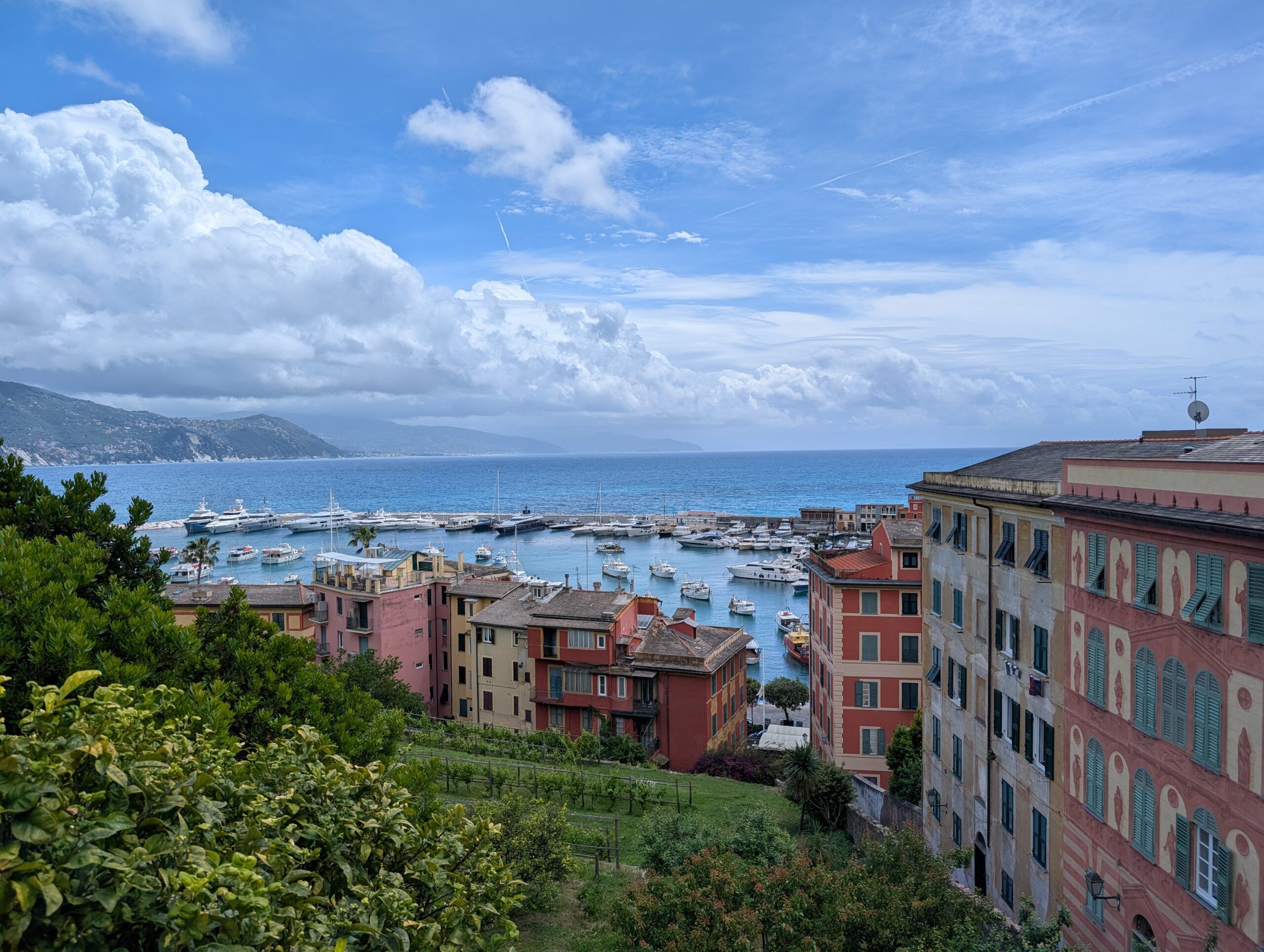
Santa Margherita Ligure picked up its nickname, “Pearl of Tigullio,” in the late 19th and early 20th centuries. People couldn’t resist the town’s natural beauty—its sheltered bay and gorgeous coastline drew wealthy Europeans in search of some Mediterranean magic.
When the railway arrived in the late 1800s, everything changed. This once-quiet fishing village suddenly opened up to travelers from northern Italy and beyond. Aristocratic families started building elegant villas along the waterfront, adding a dash of glamour to the scene.
By the early 1900s, Santa Margherita had carved out a reputation as a refined, quieter alternative to Italy’s busier seaside spots. Its close proximity to Portofino and the Cinque Terre made it even more appealing, letting visitors check off multiple dream destinations in a single trip.
Development of Hotels and Restaurants
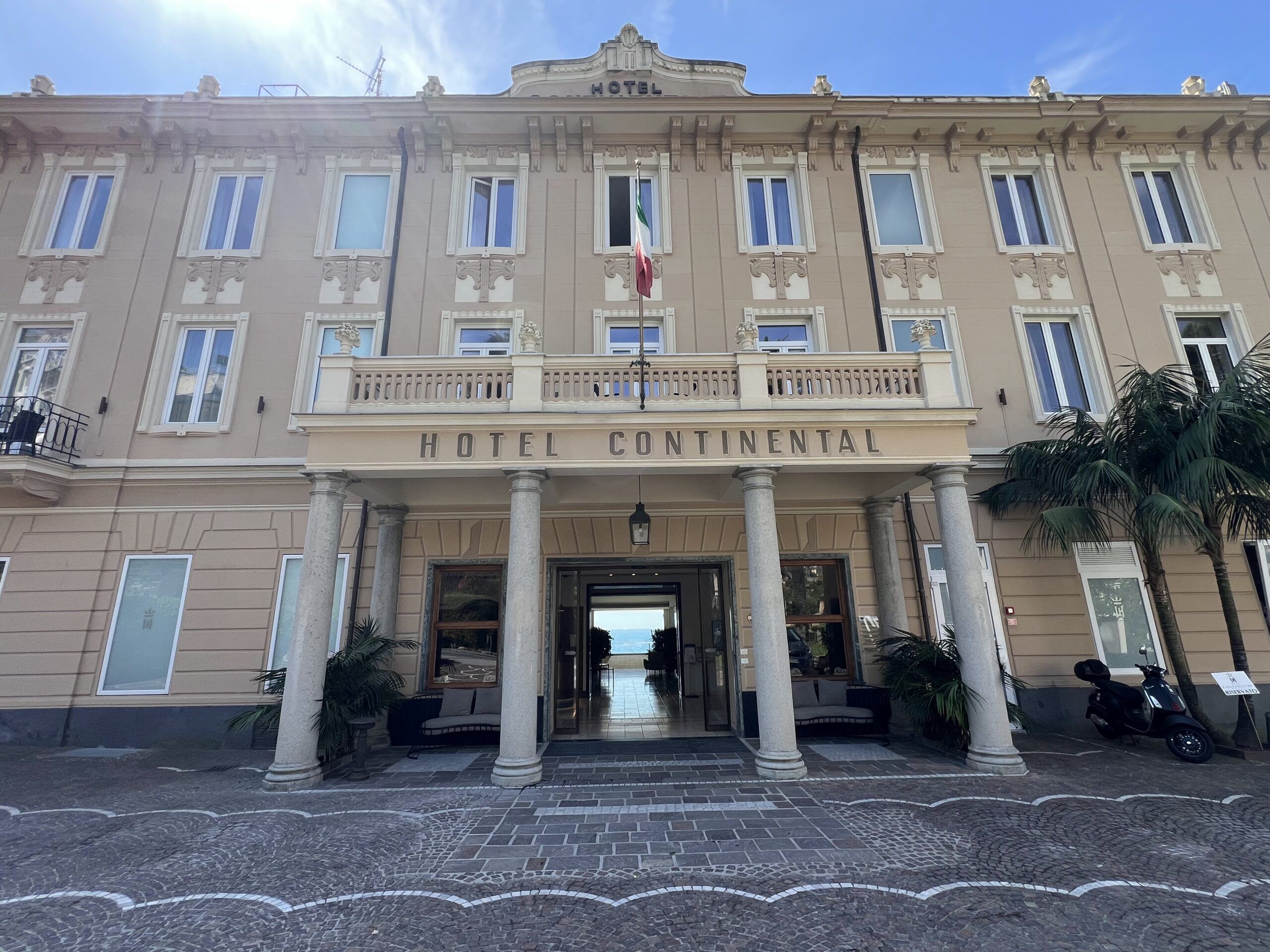
As word spread, the town’s hospitality industry really took off. Grand hotels like the Hotel Regina Elena and Hotel Continental popped up along the waterfront, offering guests luxury stays with killer sea views.
These hotels kept the town’s elegant architecture intact but didn’t skimp on modern comforts. Many sport Belle Époque façades and lush gardens, adding to the romantic vibe travelers were after.
Santa Margherita’s food scene adapted, too. Restaurants along the harbor started serving up fresh seafood straight from the Ligurian Sea, and cafés and gelaterias appeared along the main promenade—ideal places to unwind after a long day of sightseeing.
Notable Early Establishments:
- Grand Hotel Miramare (opened 1903)
- Imperiale Palace Hotel
Tourist Resort Amenities
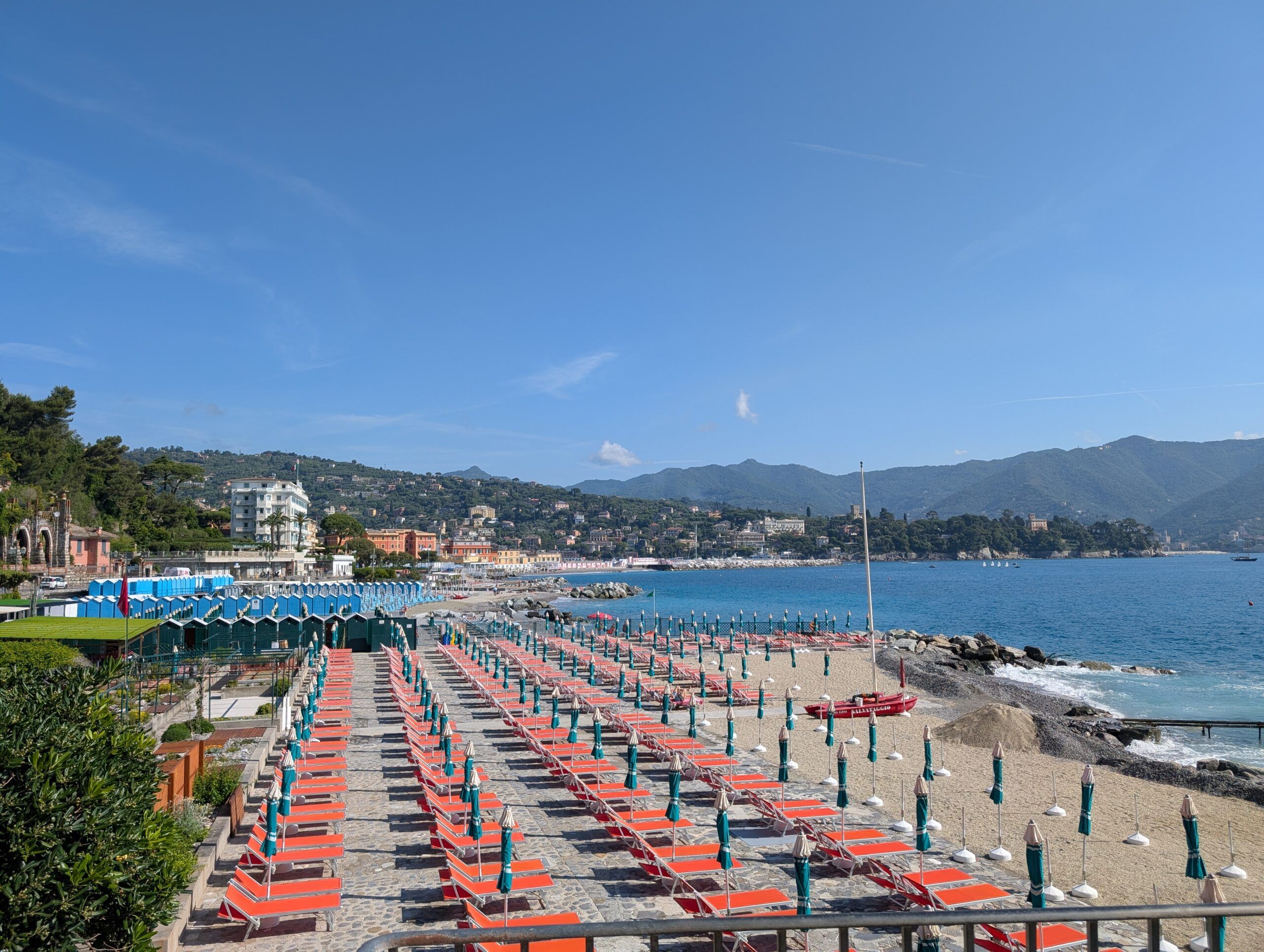
Santa Margherita Ligure added new amenities without losing its original charm. The town expanded its harbor, welcoming pleasure boats alongside the old fishing vessels and creating a lively marina vibe.
Beach clubs sprang up along the shore, offering comfy chairs, umbrellas, and refreshments—turning the beach into a social hotspot where you could swim and sunbathe in style.
The town tackled practical stuff, too, like building parking areas near major attractions but keeping the historic center mostly pedestrian. Public gardens and seaside promenades became favorite places for a slow stroll, and these are now classic parts of the resort’s appeal.
Cultural life grew richer, with summer concerts, art shows, and festivals celebrating local traditions. These events let visitors experience authentic Ligurian culture and helped keep the town’s heritage alive.
Beaches and the Ligurian Waterfront
Santa Margherita Ligure’s coastline offers a mix of sandy spots and pebbly beaches along the sparkling Ligurian Sea. The waterfront is the town’s beating heart, connecting people to both relaxation and adventure.
Famous Beaches and Bays
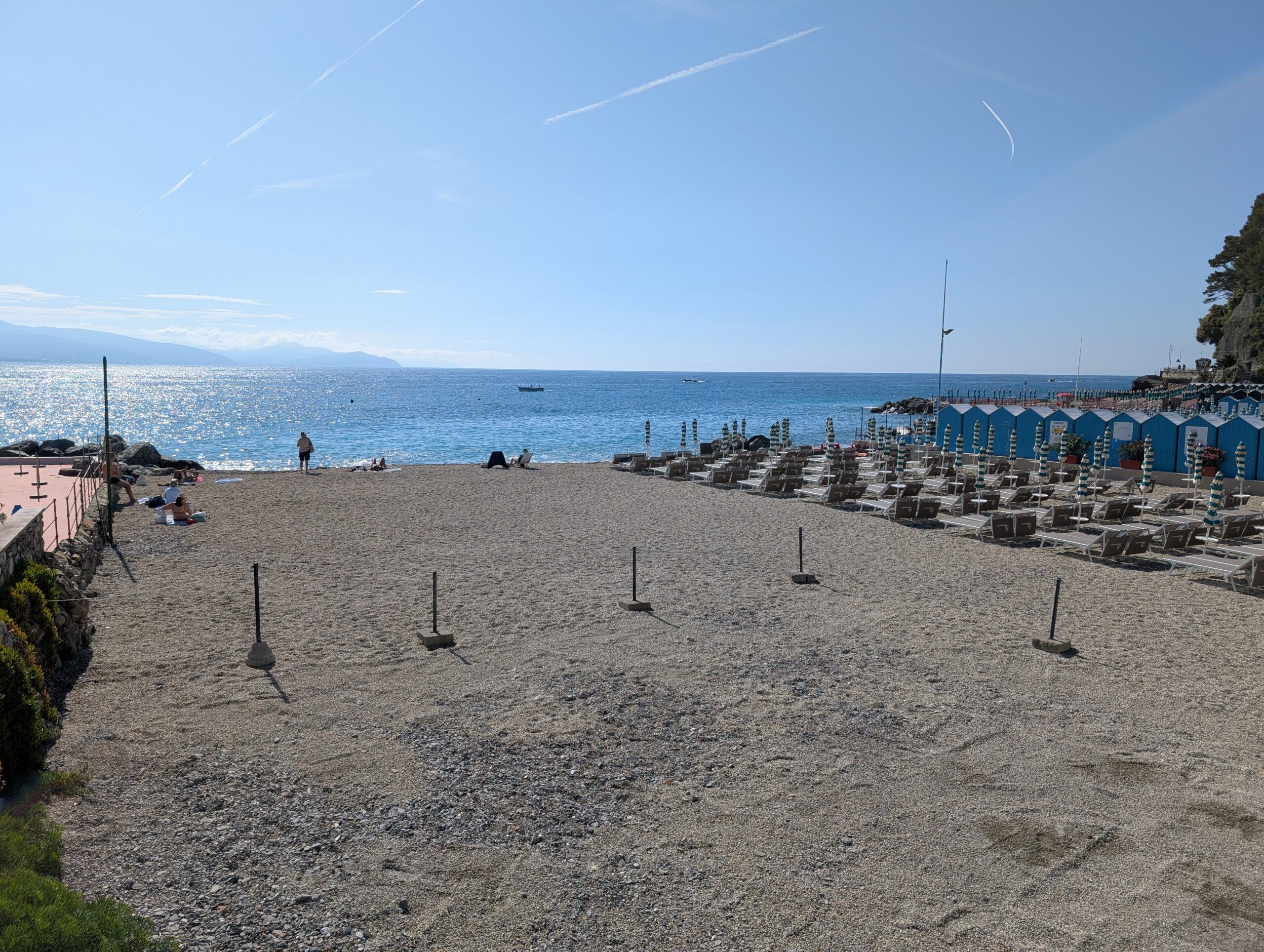
Most of Santa Margherita’s beaches are made up of small pebbles, which gives them a unique look and feel. The main town beach stretches along the curving bay and—unusually for this region—offers free public access.
Elegant hotels, waterfront apartments, and vacation rentals with instant confirmation. Pastel-colored buildings and palm-lined promenades await!
See Available Properties
Paraggi Bay sits between Santa Margherita and Portofino and probably gets the most buzz. Its turquoise waters and sheltered location attract big summer crowds. Paraggi stands out for its fine sand and crystal-clear water—not always easy to find here.
The Costa dei Delfini (Dolphin Coast) got its name from dolphins that sometimes appear offshore. This stretch has smaller, hidden coves you can reach by footpaths or boat.
Most beaches rent out chairs and umbrellas, but don’t expect bargain prices—this is the Riviera, after all.
The Promenade and Waterfront Life
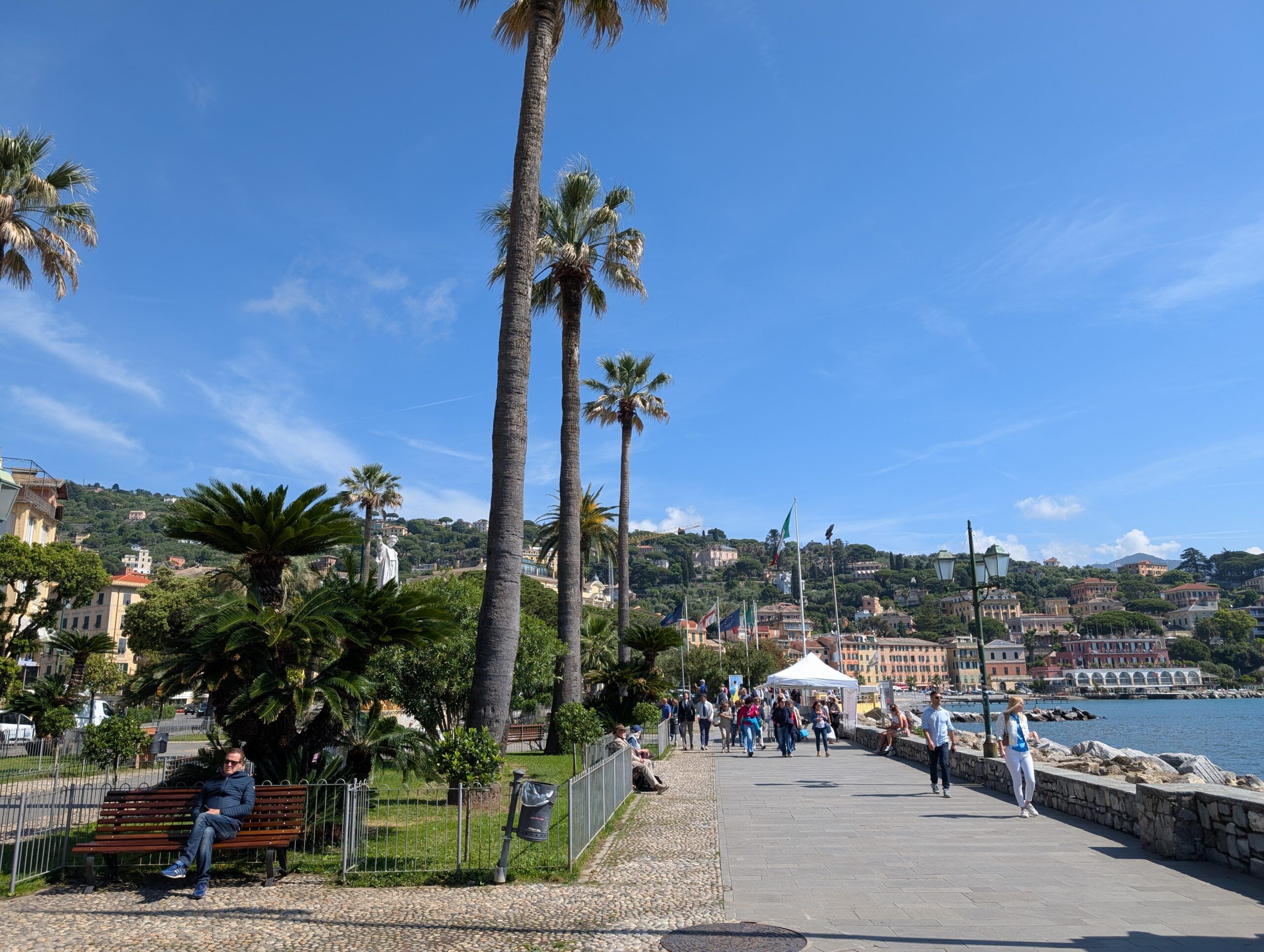
Santa Margherita’s promenade runs for a kilometer and acts as the town’s social hub. Palm trees line the walkway, offering shade for people drifting between cafés and restaurants.
In the evenings, the waterfront buzzes with the traditional Italian passeggiata. Locals and visitors alike stroll, chat, and grab a gelato from one of the shops by the sea.
Several historic buildings face the water, including grand hotels from the early 20th century, when Santa Margherita first became a fashionable resort. These Belle Époque beauties keep their vintage charm while housing all the modern comforts.
Festivals often spill onto the promenade, with food stalls, music, and artisan markets turning the waterfront into a lively celebration of local culture.
Boating, Diving, and Marinas
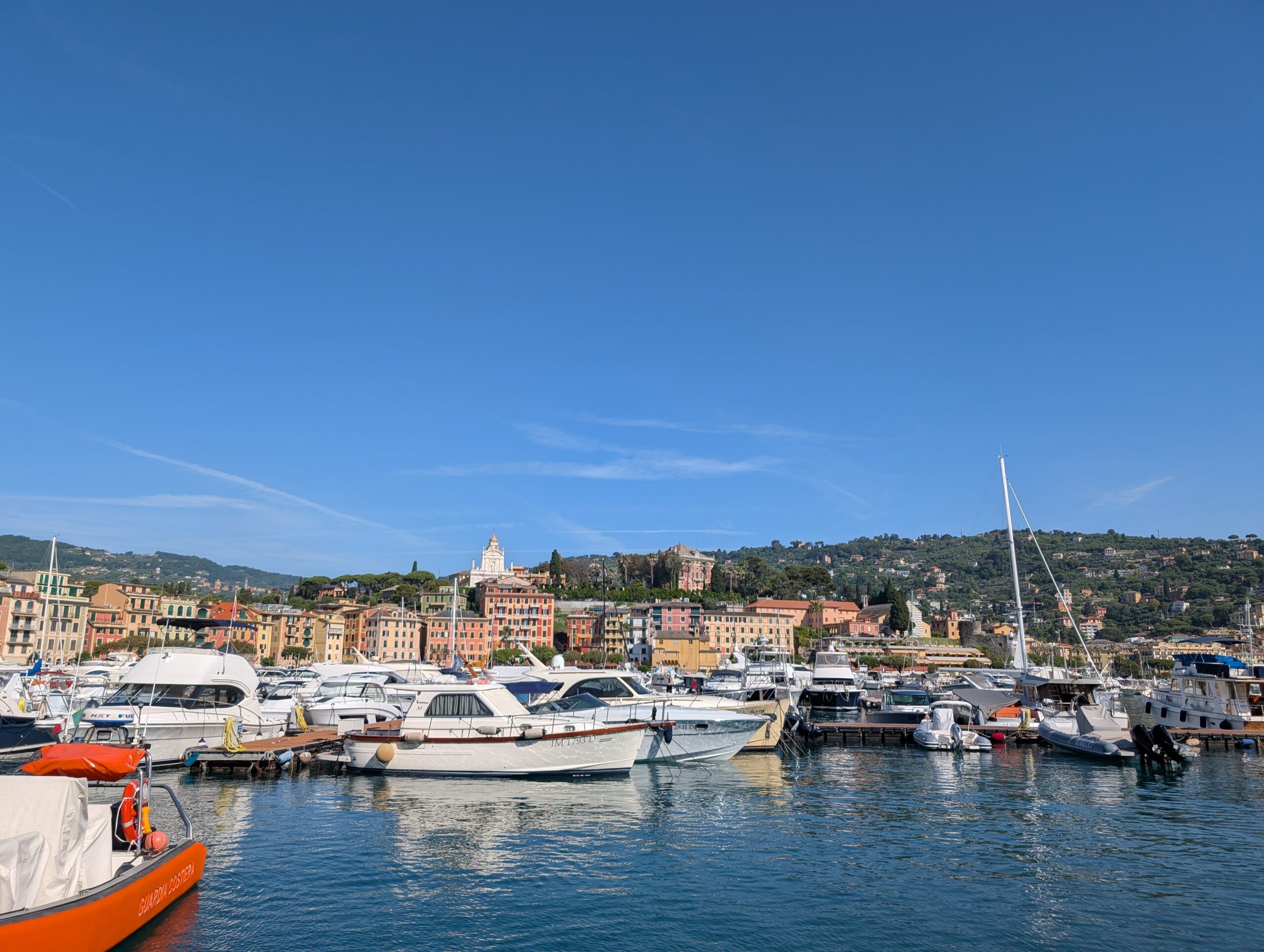
The marina is a colorful mix of old wooden fishing boats and sleek yachts. Local fishermen still deliver their daily catch straight to the waterfront restaurants, so you know the seafood’s as fresh as it gets.
From Santa Margherita, you can hop on a boat to:
- Portofino (about 15 minutes)
- San Fruttuoso Abbey (30 minutes)
- Cinque Terre villages (a day trip)
- Whale and dolphin watching tours (in season)
Divers love the protected marine areas around Santa Margherita. Several diving centers offer courses and guided trips to explore underwater sites packed with:
- Bright Mediterranean fish
- Seagrass meadows
- Small caves and rock formations
- Sometimes, even archaeological finds
If you’d rather stay above water, kayaks and paddleboards let you discover hidden coves at your own pace.
Natural Beauty and Outdoor Activities
Santa Margherita Ligure is lucky to have such stunning natural scenery. The area combines lush Mediterranean greenery with clear blue waters—pretty much a dream for anyone who loves the outdoors.
Portofino Regional Natural Park
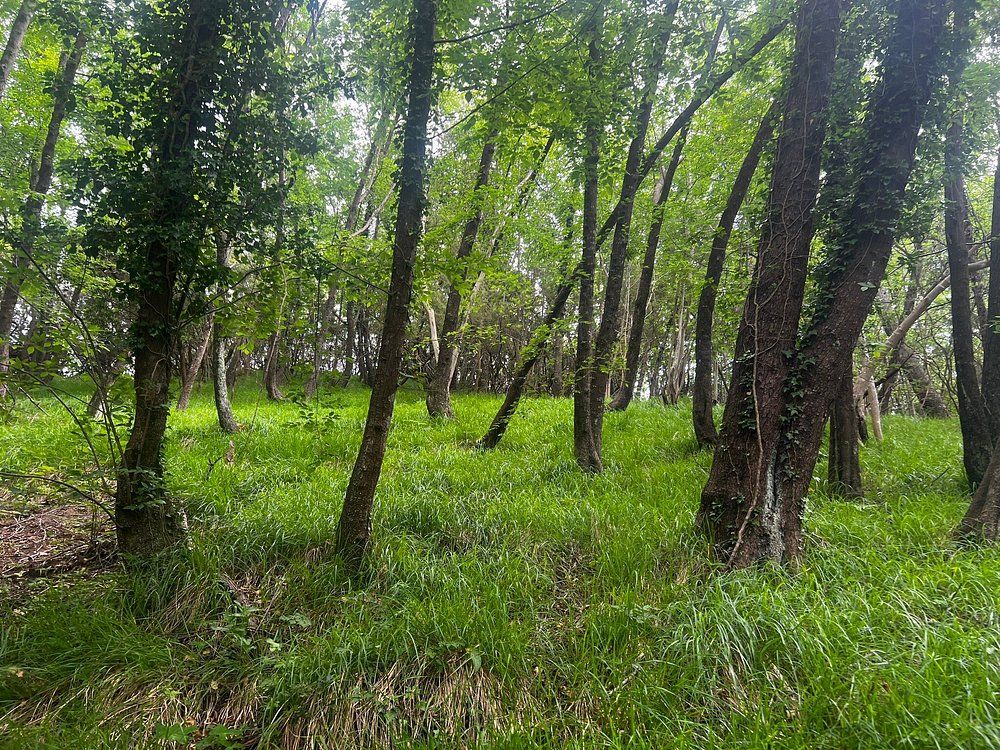
Portofino Regional Natural Park wraps around Santa Margherita with over 1,300 hectares of protected landscape. You’ll find rare orchids, ancient olive trees, and tall pines throughout the park.
The landscape here is dramatic, with mountains dropping straight into the sea and secret coves tucked between cliffs. The park’s well-maintained info centers and marked trails make it easy to explore.
Birdwatchers can spot peregrine falcons and other native birds nesting in the area. The park also runs nature education programs all year, which is a nice touch for families or anyone curious about the local ecosystem.
Hiking and Scenic Trails
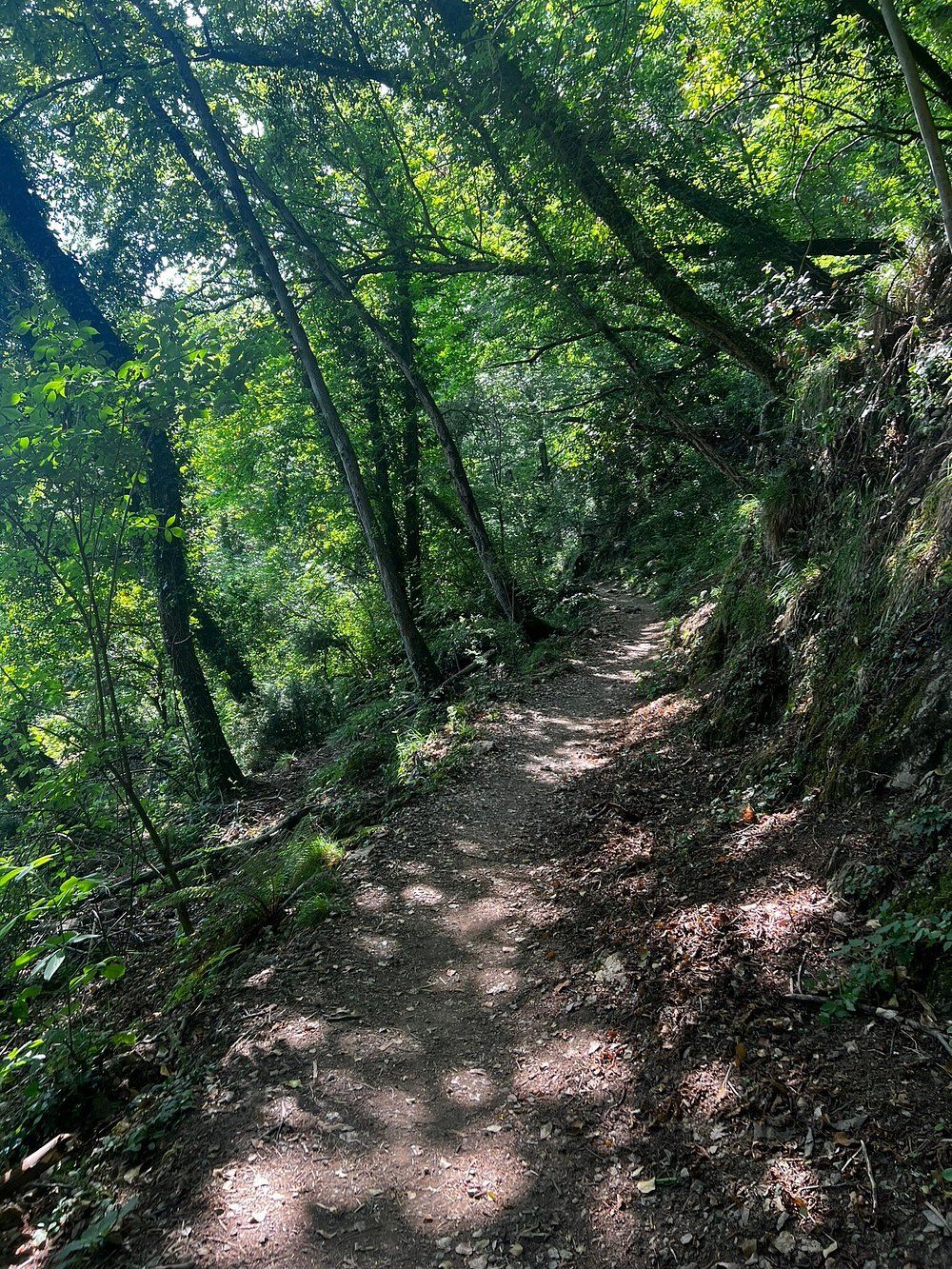
Santa Margherita has a bunch of hiking trails for every level. The most popular route connects the town to Portofino—a scenic 5 km walk right along the coast, with sweeping sea views.
If you’re up for more of a challenge, trails to San Fruttuoso Abbey wind through olive groves and pine forests. It’s about 8.5 km, and you’ll end up at an ancient monastery hidden in a quiet bay.
For something gentler, the Gave Trail loops through terraced gardens and offers panoramic viewpoints—great for photos or just soaking in the scenery.
Local guides sometimes lead walking tours that mix hiking with stories about local farming and the region’s history.
Christ of the Abyss
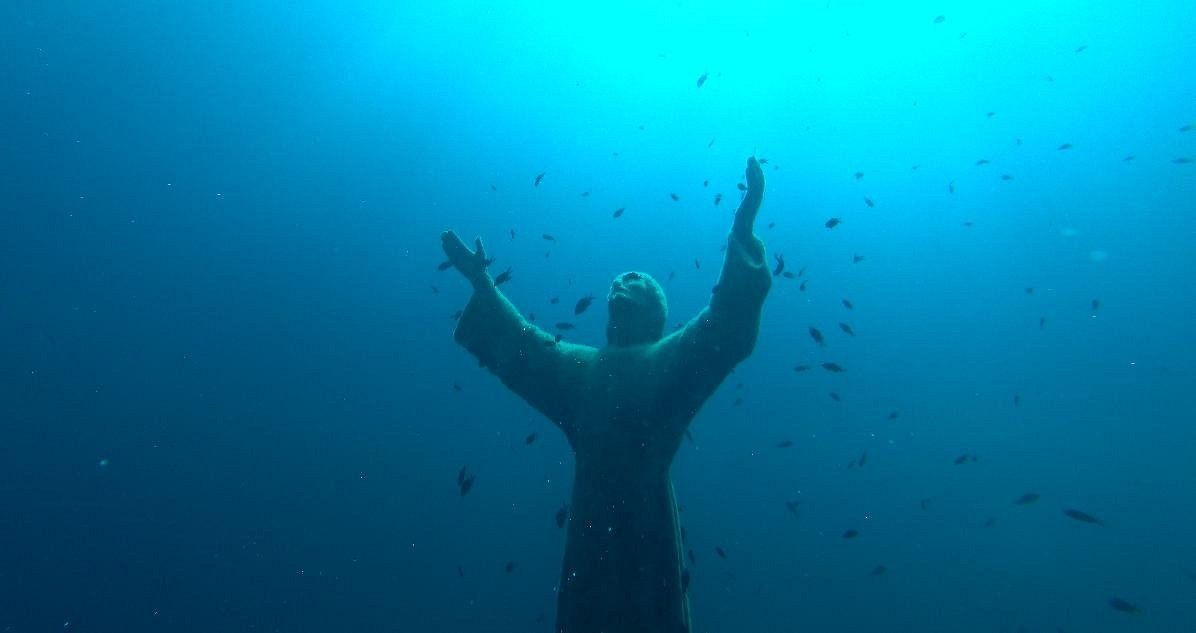
Off the coast near San Fruttuoso, divers can visit the famous Christ of the Abyss (Cristo degli Abissi). This bronze statue, created by Guido Galletti, sits 15 meters underwater and has been there since 1954.
Christ stands with arms raised toward the surface, a striking image of peace and protection. The statue was placed to honor Dario Gonzatti, Italy’s first scuba diver.
If you don’t dive, you can still catch a glimpse from a glass-bottom boat. For divers, local centers organize underwater trips to see the statue up close.
The area around the statue has become an artificial reef, attracting all sorts of marine life and making the dive even more memorable.
Connections to Neighboring Destinations
Santa Margherita Ligure sits in a sweet spot along the Gulf of Tigullio, making it a perfect jumping-off point for exploring the Italian Riviera. From here, you can easily reach some of Italy’s most beautiful coastal towns.
Proximity to Portofino, Rapallo, and Camogli
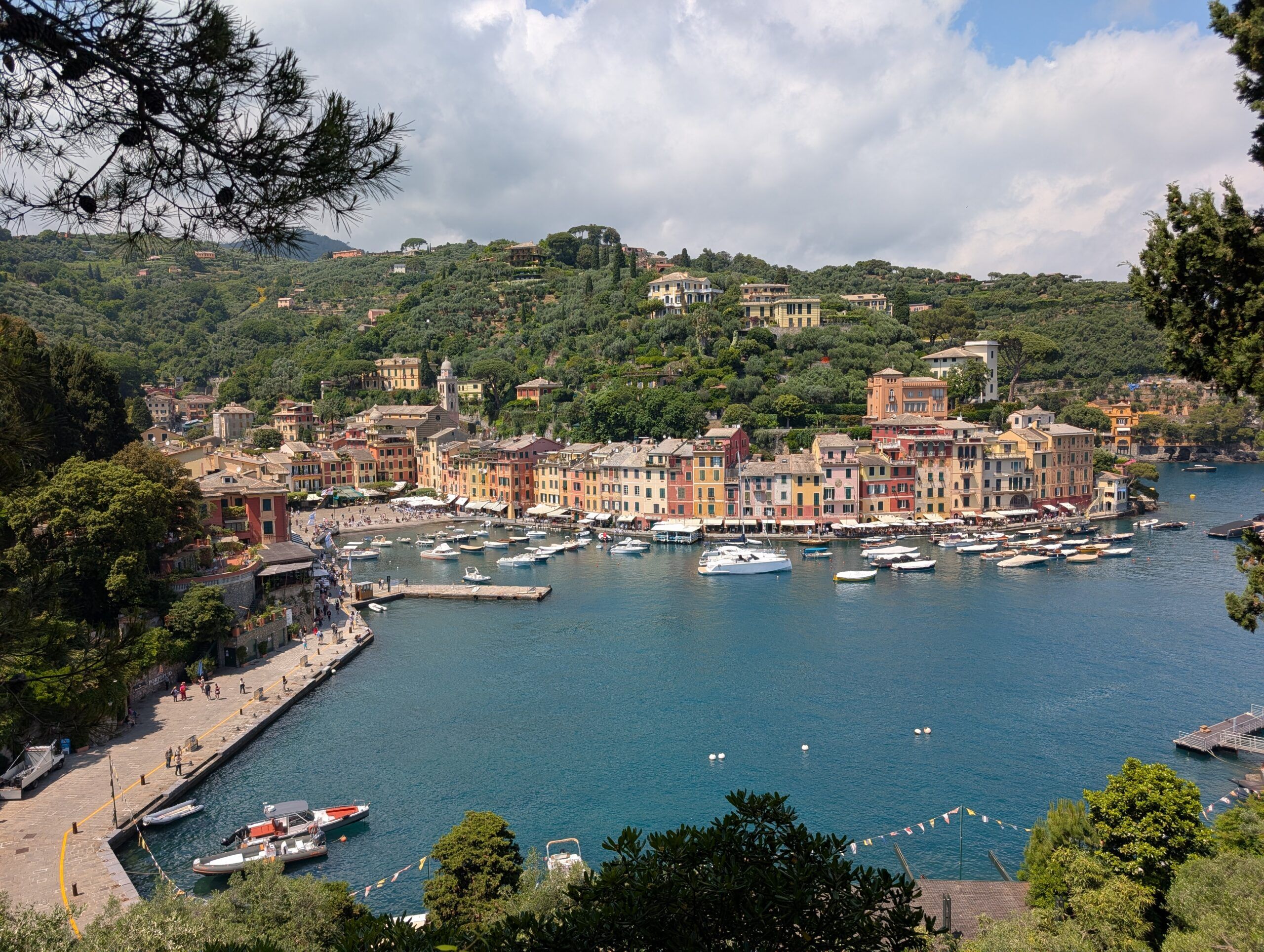
Portofino is just 5 km away. You can get there by boat (15 minutes), bus (20 minutes), or take a scenic coastal walk that takes about an hour. The path winds through olive groves and serves up fantastic sea views.
Rapallo, the area’s biggest town, is only 3 km from Santa Margherita. Buses run every 15-20 minutes, and the train ride is barely four minutes. From Rapallo, you can catch a cable car up to Montallegro Sanctuary.
Camogli, a pretty fishing village, is 7 km to the west. You can hop on a train (10 minutes) or brave a challenging hike through Portofino Regional Park for some truly breathtaking views.
Links to Cinque Terre and Sestri Levante
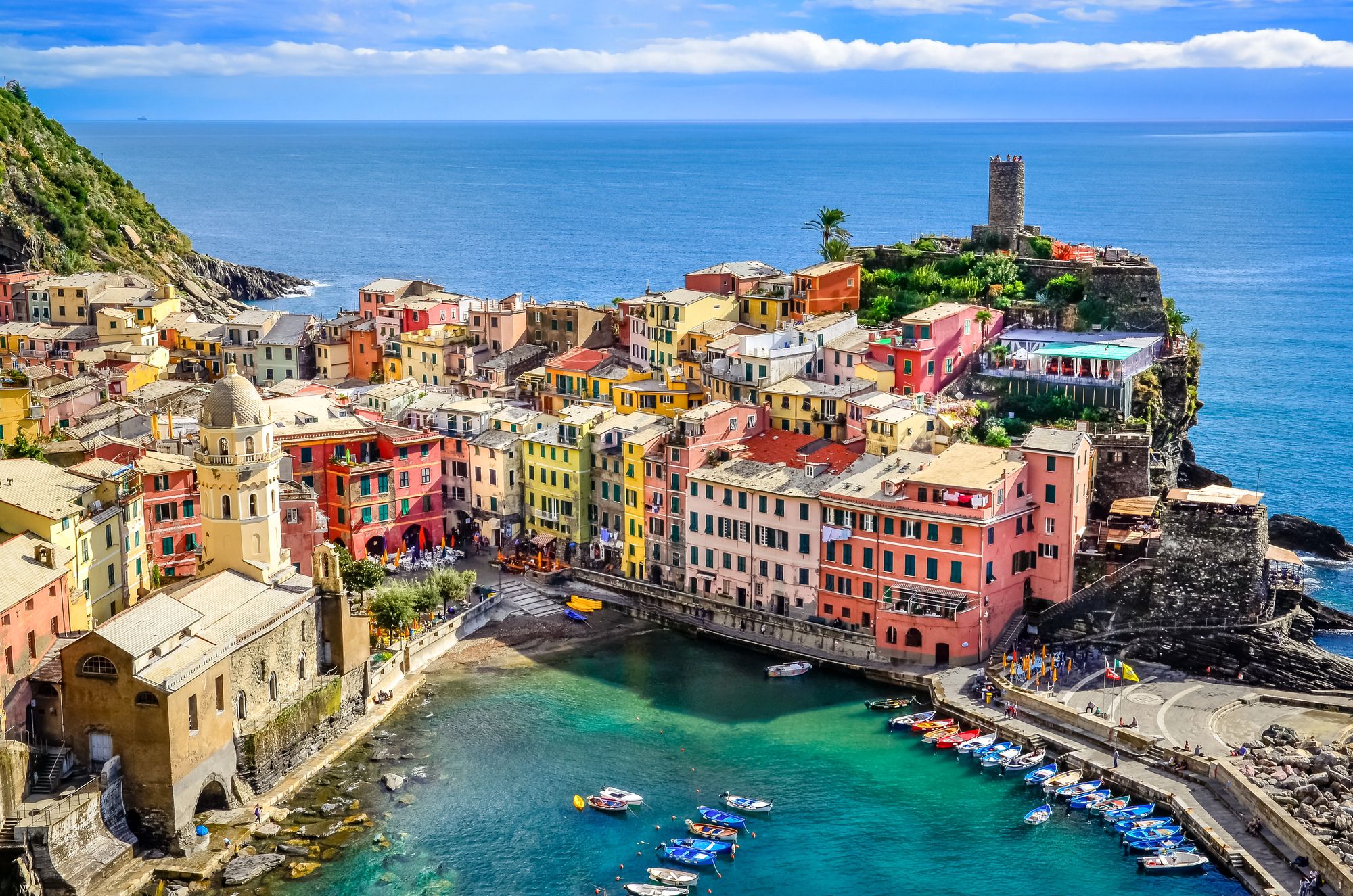
Cinque Terre, the iconic cluster of five seaside villages, makes a great day trip. Direct trains get you to Monterosso (the northernmost village) in about 45 minutes. From there, you can explore the others by train, boat, or on foot.
Sestri Levante, known for its two beautiful bays, sits just 20 minutes away by train. It’s less crowded than Cinque Terre but just as charming.
If you feel like venturing farther, Chiavari is between Santa Margherita and Sestri Levante. This historic town offers medieval arcades and a lovely promenade along the Riviera.
Traditions, Festivals, and Local Culture
Santa Margherita Ligure loves to celebrate its roots with lively festivals and delicious food that reflect its maritime past and Italian traditions.
Festivals and Annual Events

The Fish Festival is a local favorite. Held on warm May nights, the event fills the air with the smell of fresh seafood as locals and visitors gather to sample traditional dishes.
Religious processions honor Saint Margaret of Antioch, the town’s patron. During these, decorated boats carry her statue through the harbor, while residents follow along the shore with candles.
Summer concerts light up the main piazza, with both classical and modern music echoing off the old buildings. Local musicians often share the stage with international guests, creating some pretty magical evenings.
Carnival brings colorful parades and costumes to the streets every February, keeping centuries-old traditions alive.
Local Cuisine and Bars
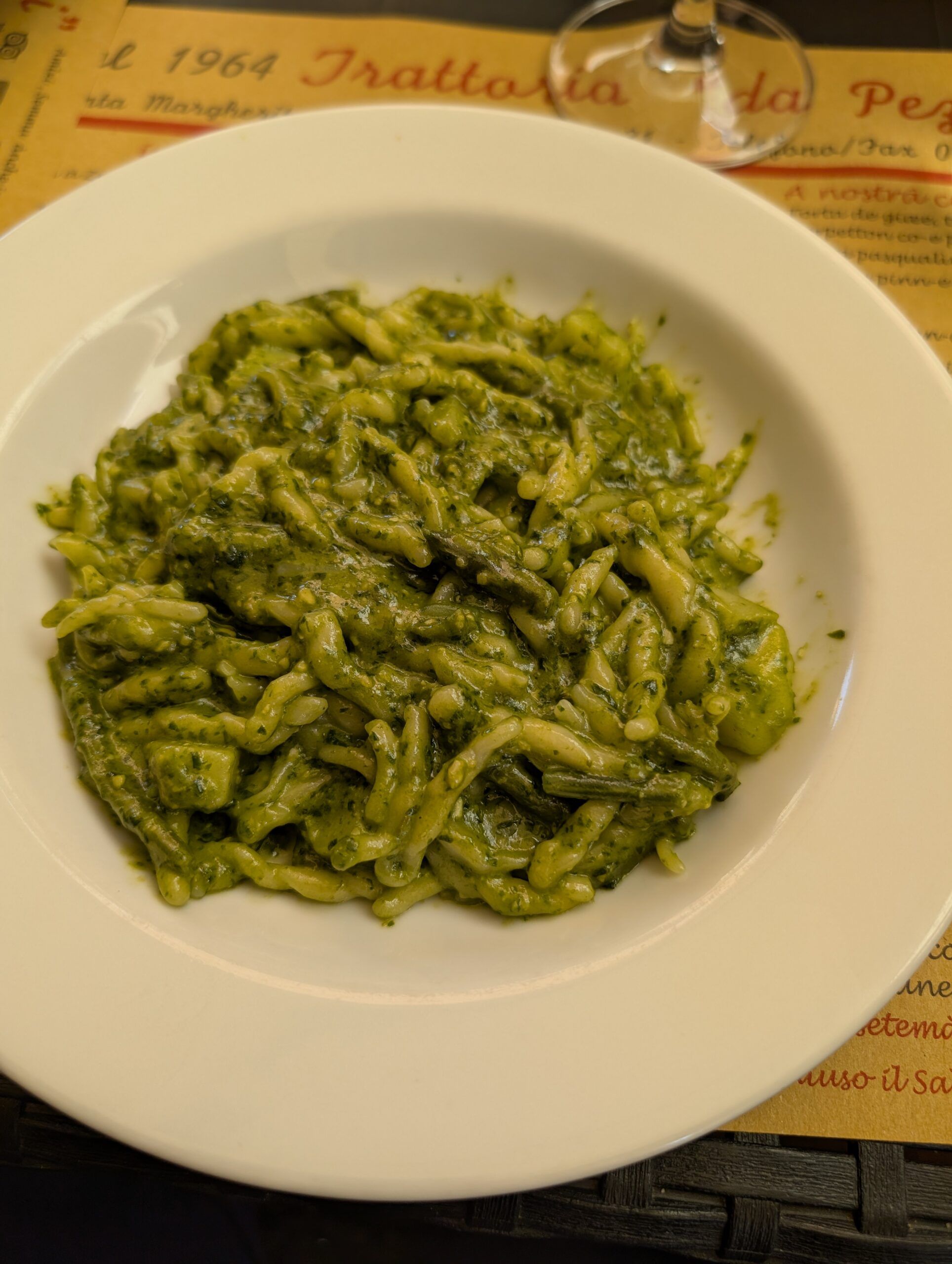
Ligurian food takes center stage in Santa Margherita, with fresh seafood and local ingredients leading the way. Some favorites:
- Trofie al pesto – twisted pasta with the region’s famous basil sauce
- Focaccia – fluffy bread topped with olive oil and salt
- Fritto misto – a mix of fried seafood straight from the Gulf
La Cambusa, a charming waterfront spot, serves up some of the best seafood in town. Their octopus dishes and daily catches keep both locals and tourists coming back.
Bars pour local wines like Vermentino and Pigato—perfect for sipping while you watch the boats drift by. Many places have outdoor seating with views of the colorful buildings and the Mediterranean.
You’ll also find traditional gelaterias on almost every street, offering homemade ice cream with seasonal fruits and nuts from the region.
Notable People and Historical Anecdotes
Santa Margherita Ligure has ties to several important historical figures who left their mark on both local and world history. Thanks to its maritime heritage, the town produced sailors and explorers who helped shape Italy’s reputation on the seas.
Christopher Columbus and Other Personalities
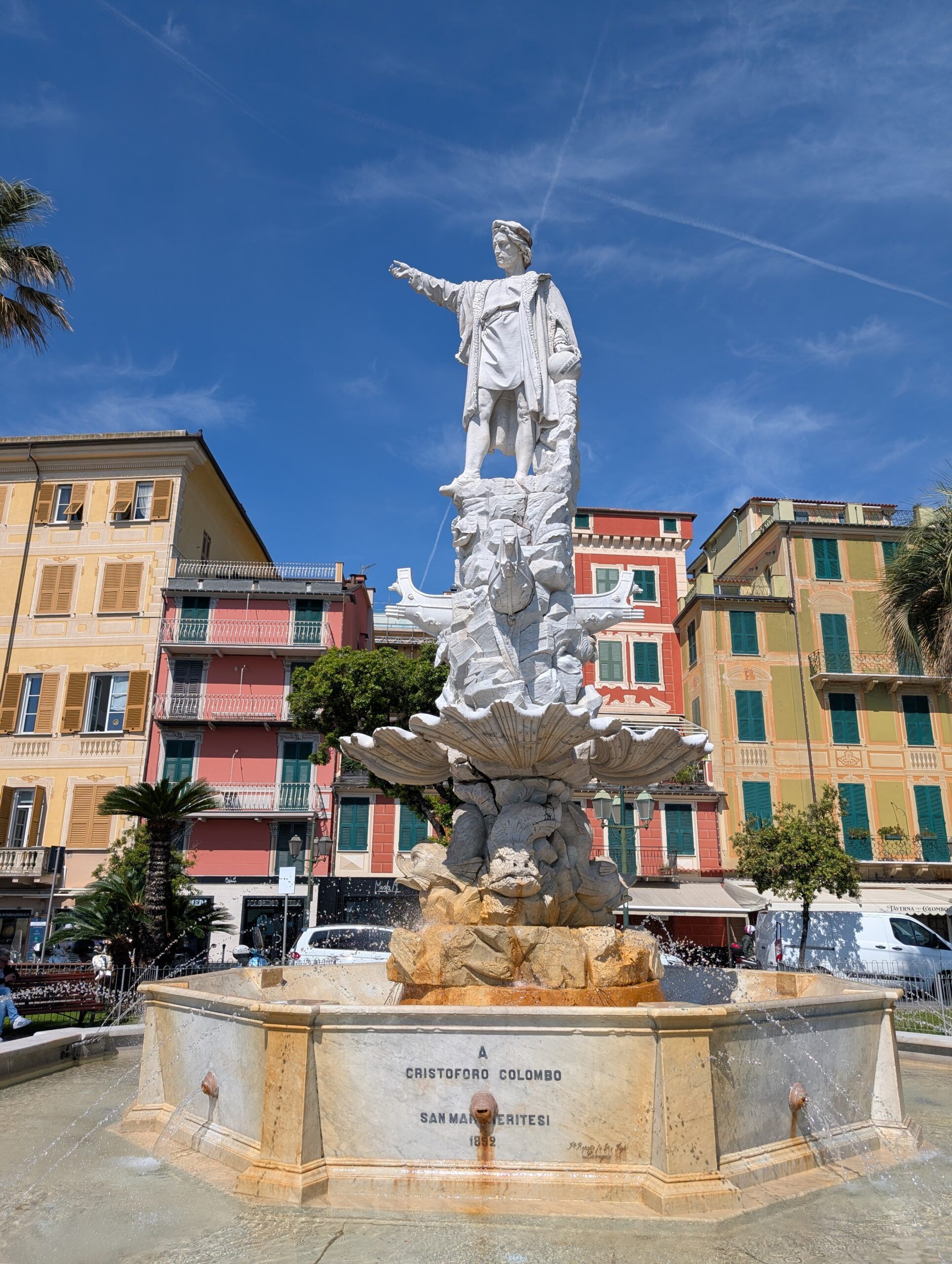
Christopher Columbus didn’t actually grow up in Santa Margherita Ligure, but he definitely had strong ties to the Ligurian coast. Historians often say he spent time around here during his early sailing days. It’s hard not to imagine the local seafaring traditions shaping Columbus before he set off on that wild 1492 voyage across the Atlantic.
Santa Margherita has turned out some impressive sea captains over the years. These folks really built up the maritime economy that kept the town going for generations.
Villa Durazzo, perched above the water, welcomed all sorts of famous guests. European nobility and artists seemed drawn to its charm and quiet gardens. Flip through the villa’s old guest books and you’ll spot signatures from musicians, writers, and politicians—people who came here hoping the Riviera would spark their next idea.
Ask any local fisherman and you’ll hear some wild stories about the town’s past. Pirate ships? Heroic rescues out at sea? They’ve got tales for days.
Easy booking across stunning accommodations from historic palazzos to modern retreats. Pristine beaches and crystal waters just moments away!
Secure Your Italian Getaway

